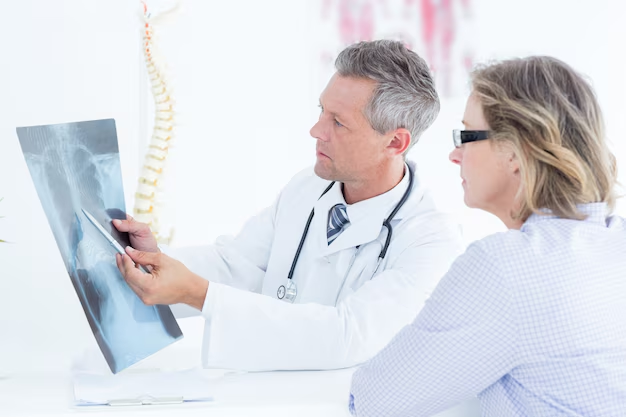Discovering Osteoporosis: What You Need to Know
Identifying osteoporosis early can significantly impact the quality of life and health outcomes for those at risk. This silent disease gradually weakens bones, making them more susceptible to fractures, but detecting it early doesn't have to be complex or intimidating. Here's how you can check for osteoporosis and take steps towards ensuring your bone health.
What is Osteoporosis?
Osteoporosis is characterized by low bone mass and deterioration of bone tissue, leading to increased bone fragility. It's often called a "silent disease" because many don't know they have it until they suffer a fracture. This is why early detection is crucial.
Check for Osteoporosis: Symptoms and Risk Factors
While osteoporosis can sneak up without noticeable symptoms, there are still signs and risk factors to watch for:
- Fractures from low-impact activities: A clear warning sign if minor bumps or falls cause fractures.
- Loss of height over time: This can indicate micro-fractures in the spine.
- Back pain: Often from fractures or collapsed vertebra.
- Risk factors: Age above 50, family history, smoking, excessive alcohol consumption, low body weight, and prolonged use of certain medications.
The Bone Density Test: Your Primary Diagnostic Tool
The bone density test, or DEXA scan, is the most effective method for diagnosing osteoporosis. It measures bone mineral density (BMD) and compares it with a healthy young adult's BMD standard.
Preparing for the Test
- Wear loose, comfortable clothes without metal.
- Inform your doctor of recent imaging tests with contrast material.
- Avoid calcium supplements for at least 24 hours before your exam.
Understanding the Results
- T-score: Indicates the amount of bone compared to a healthy young adult. A T-score of -1 or higher is normal, between -1.1 and -2.5 suggests osteopenia, and -2.5 or lower indicates osteoporosis.
Next Steps After Diagnosis
If you're diagnosed, either with osteopenia or osteoporosis, your healthcare provider will work with you to create a treatment plan, typically involving medication, lifestyle changes, and possibly dietary supplements.
Navigating the Financial Landscape: Secure Support for Your Health Journey
Maintaining bone health and managing osteoporosis can be financially daunting. However, there are several financial assistance programs and resources available to help cover the costs of diagnosis, treatment, and preventive measures:
- Medicare and Medicaid: These government programs can help cover bone density tests, especially for those aged 65 and older or for qualifying individuals.
- Pharmaceutical assistance programs: Many drug manufacturers offer financial aid or discounts on medications.
- Non-profit foundations: Organizations such as the National Osteoporosis Foundation provide information and resources that may guide you towards financial support.
With the right guidance and resources, you can take proactive steps to maintain your bone health and minimize risks associated with osteoporosis. Always consult with your healthcare provider to explore the best options tailored to your individual needs, whether it's diagnosis, management, or financial support.
Financial Support and Resources for Osteoporosis
- 💸 Medicare and Medicaid: Coverage for bone density tests and treatments.
- 💊 Drug Manufacturer Discounts: Check with pharmaceutical companies for medication rebates or assistance.
- 📞 Non-Profit Helplines: Contact organizations like the National Osteoporosis Foundation for guidance.
- 🩺 Health Savings Accounts (HSAs): Use for medical expenses related to osteoporosis.

Related Topics
- a Nurse Is Caring For a Client Who Has Osteoporosis.
- a Percutaneous Is Performed To Treat Osteoporosis Related Compression Fractures
- Can Alcohol Cause Osteoporosis
- Can I Do Pilates If I Have Osteoporosis
- Can I Reverse Osteoporosis
- Can Men Get Osteoporosis
- Can Osteoporosis Affect Teeth
- Can Osteoporosis Be Cured
- Can Osteoporosis Be Painful
- Can Osteoporosis Be Reversed